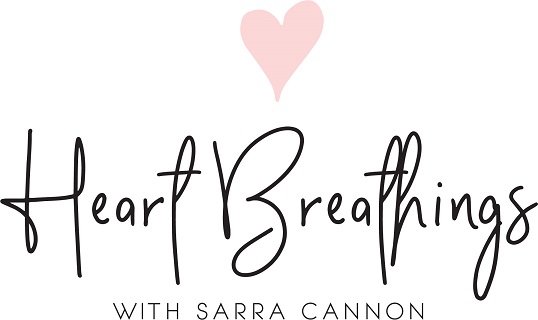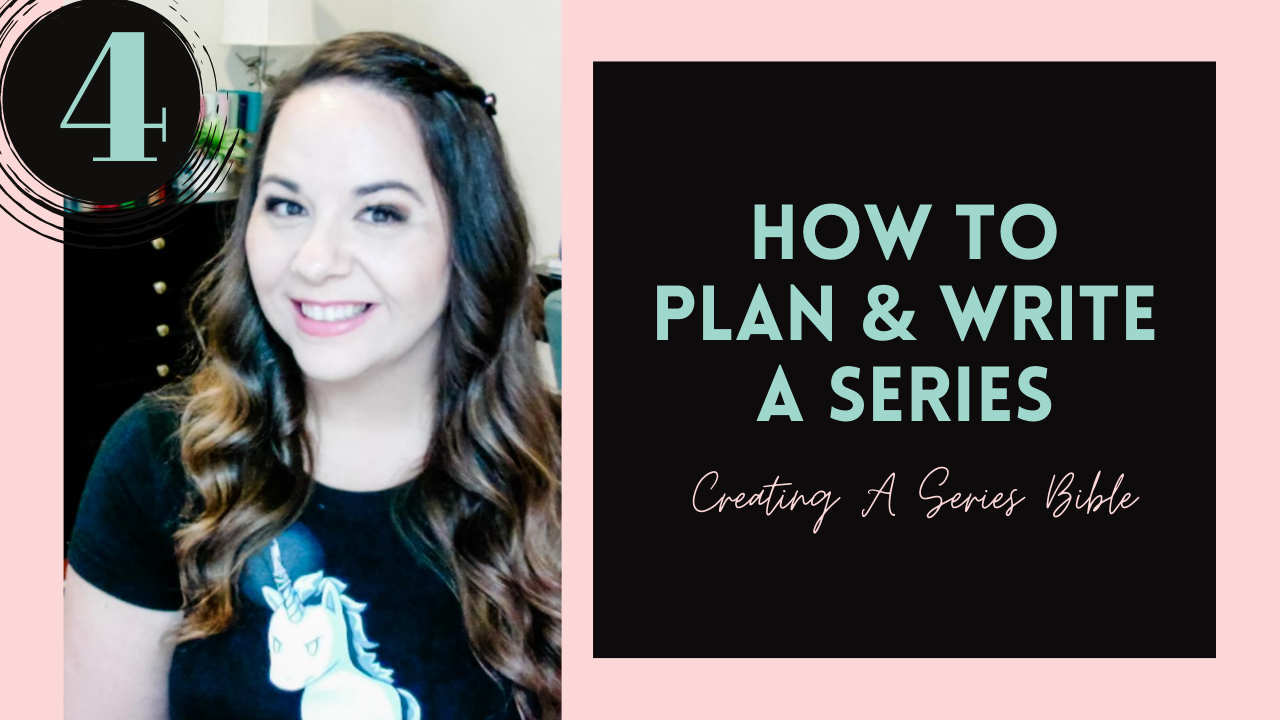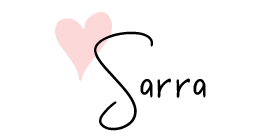

July 30, 2020 by Sarra Cannon
How to create and use a series bible is one of my most requested topics, so I’m excited to have a ton of great information on this for you today. I didn’t start out with a series bible, and man, do I regret it!
Creating a series bible along the way is one of the best things I did for myself and my series, but how detailed or complex you get with it is really up to your personal preference, the complexity of the series you’re writing, and the amount of time you are able to put into it.
I find it’s important to strike a careful balance when it comes to your series bible. A writer could get lost in the process of creating the series bible! So much so that you might never actually write your series.
Track what you need to track in order to create a valuable reference document when working on subsequent books in the series. No more, no less.
The topics covered in today’s video are:
Anyone who is writing a series should have some kind of document or list of facts from their series or story world that they can reference as they are working on the next book. It makes life so much easier when you have notes on important characters, places, and details.
That being said, a writer with a simple trilogy they are planning to spend a few months writing won’t need a complex, involved series bible, while a fantasy author planning to write a dozen books in a story world over the course of the next two decades may need an intricate and detailed series bible to keep track of all the story facts.
Everyone embarking on the adventure of writing a series of books, however, should consider creating a series bible. It will save you time and help you to be more consistent in the details.

The methods for series bible creation are as varied as the number of genres in fiction. Basically, any way you can come up with to store information can be considered a series bible.
Here are a few to note:
What other methods have you used or seen used by others? Share in the comments!
In my opinion, a good series bible is made with three things in mind.
One of the best favors you can do for yourself if you are planning to create a detailed series bible is to make sure whatever method you use is easily searchable. For this reason, I highly recommend a digital series bible.
I create my own Shadow Demons Saga series bible inside a private wiki, and I love it. One of the things I love most about using a wiki is the level of searchability. I can type a keyword or search term into my main wiki (e.g. “Order of Shadows”) and find every single reference to that term across the entire series bible. It’s like having a private google for my series.
When you are considering which method to go with in creating your series bible, I highly recommend making sure you can easily search your document and thinking through how you will use it once it is created.
No matter what you decide to go with, having a search function or a really good organizational system is extremely helpful.
It’s also helpful to be able to easily access your series bible. A set of large binders might be difficult to lug around to writing retreats. A Scrivener file might be difficult to access on your phone or tablet.
This is another reason I love using a wiki. Since it’s web based, I can access my wiki from any device as long as I have my login and the internet.
But this brings us to the final point, which is security. A web-based wiki might not be the most secure place to store your information. If your password is compromised, you could be giving access to a lot of spoilers out to the hacker. At the same time, though, what are the chances a hacker will go looking for your wiki? I don’t know! Depends how famous your series is, I suppose! (A good problem to have, potentially.)
Another aspect of security, though, is how safe your information is from loss. A binder, for example, can easily be lost in a move or a house fire. (or to a pesky spill)
I know there are those of you who live and die by Scrivener and will defend it vehemently in comments, but I lost so much information when I used to use Scrivener, so I would warn you about using it for your series bible unless you are super careful about backing things up.
In general, remember to make backups of anything that is not cloud-based, and you should be okay.
I have actually created a fun series bible checklist and sample template for you to download and print or use free online. Sign up here.
This checklist goes over the details of what to track and will hopefully help you to decide just how detailed you want your series bible to be.
To see a full walk through, watch today’s video on YouTube.
The categories I use for tracking are:
For a detailed explanation of each category, download the free checklist. This checklist also includes a sample template.
(When you sign up for my mailing list, you’ll also get access to my entire free resource library for writers.)
Once your series bible is complete, how do you actually use it? First, I like to go back through the story summaries before I begin writing the next book in the series. This can help refresh your memory about series arcs, story arcs, bread crumbs or story threads that need to be carried through, and more.
Next, I like to reference my included style guide just as a quick refresher on the capitalizations and style I used in my novel.
As you begin working on the rough draft of a new book in your series, it can be helpful to have your series bible handy. It can be on your desk or open in a tab on your computer. As you come across a question during your writing (e.g. did the Shadow World have two moons? Or three?), you can do a quick search within your series bible to find the answer.
Alternately, you can mark a spot in your rough draft where you have a question and go back and look for the answer in your series bible later. Either way, the primary purpose of your series bible is to act as a resource for the facts of your world. What’s documented there should be the truth of your world and contain as many facts as needed to write the next book.
Another potential use of your series bible is as a collaborative tool with your editor or beta readers. This is another reason I like to use a web-based series bible. It makes it easy for my beta readers and editors to also search inside my document when they want to fact-check something in the book.
Then, when the new book has been edited and is ready for publishing, it’s time to enter the new information into the series bible to make sure it is up-to-date.
Choose a color for your new book to distinguish it from the other books so far, add the color to your overall key at the front of your series bible, and go through your latest book to identify characters, places, rules, skills, and other information that was introduced or altered in the book that you believe will or may have an effect on subsequent books in this series.
It does take time to keep this updated, but it’s worth it and usually will save you time in the long run.
I hope today’s video and post have been helpful for you! If you are new to my channel and blog, you can find a ton of videos on writing, planning, and organizing your writing life over on my YouTube channel called Heart Breathings.
If you’d like to see a video walkthrough of how I’m creating my new series bible for The Witch’s Key, my latest series, comment and let me know!
Having some kind of document to help keep track of information and facts in your story canon is so very important in order to make your work more efficient and consistent across an entire series.
As I’ve said, though, how detailed or complex your series bible needs to be really depends on how much time you want to invest, your personal priorities when it comes to the series bible, and the complexity of your story world.
There is no “one-size-fits-all” solution to creating a story bible. It’s really all about what works for you, so experiment and really put some thought into how you want to use your series bible and what method will work best for your style of work.
If you have been working on a series idea and you want to self-publish your books, I’d love for you to join my upcoming course, Publish And Thrive.
This course is only offered twice a year, and our next round is taking place beginning August 10th, 2020. To read more about this course and everything we cover, head over to my school’s website here at Teachable.

If you enjoyed this video and post, I hope you’ll check out my other videos on this topic. Start here with my discussion of the Different Types of Series.


I have been self-publishing my books since 2010, and in that time, I've sold well over half a million copies of my books. I'm not a superstar or a huge bestseller, but I have built an amazing career that brings me great joy. Here at Heart Breathings, I hope to help you find that same level of success. Let's do this.